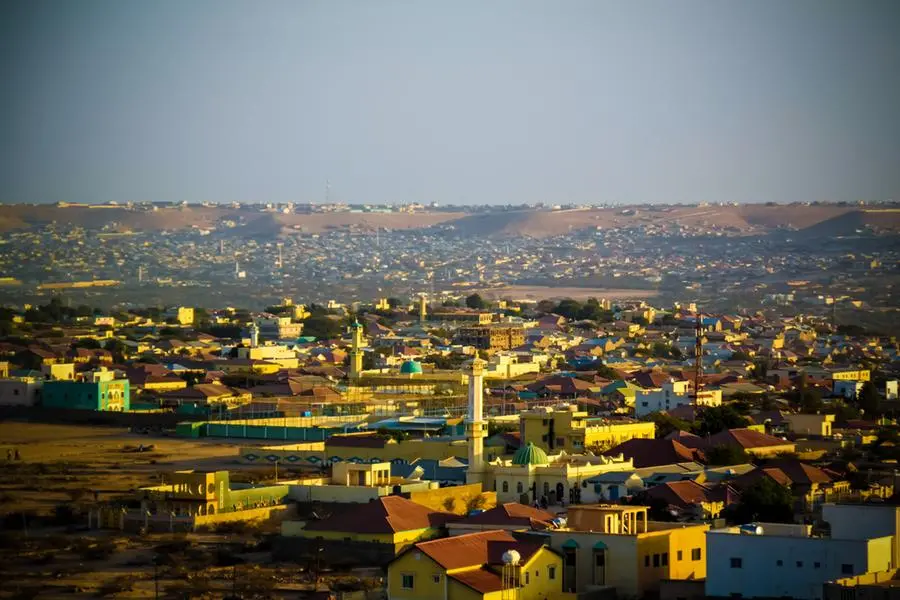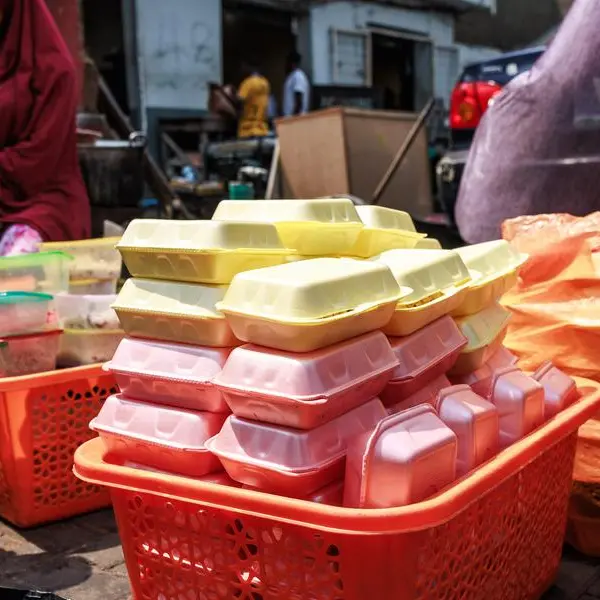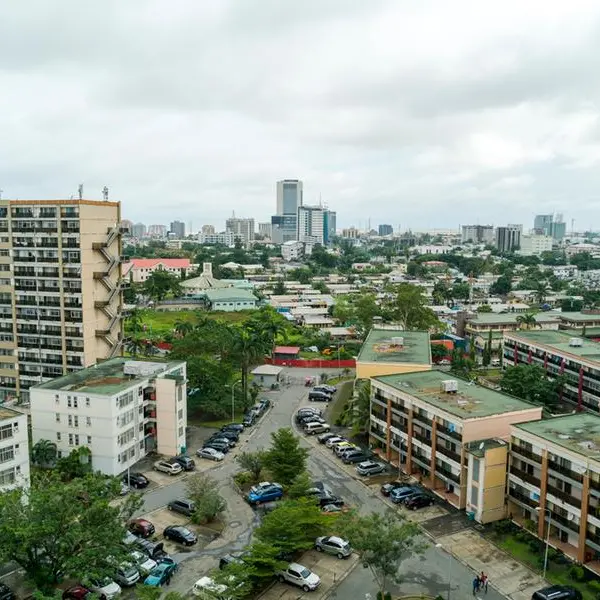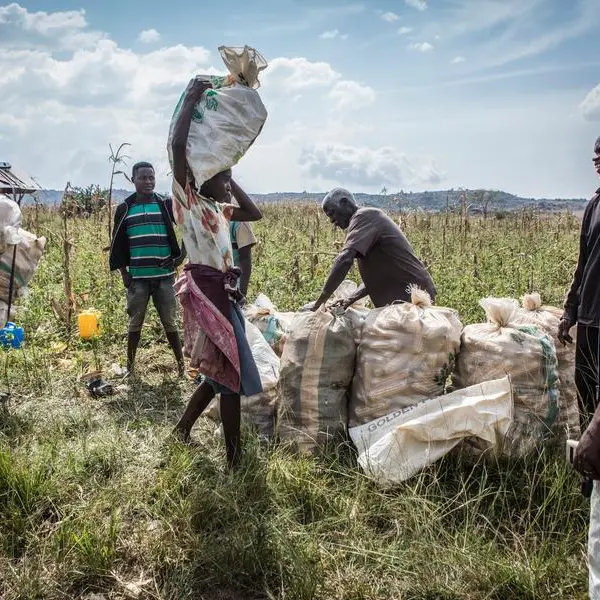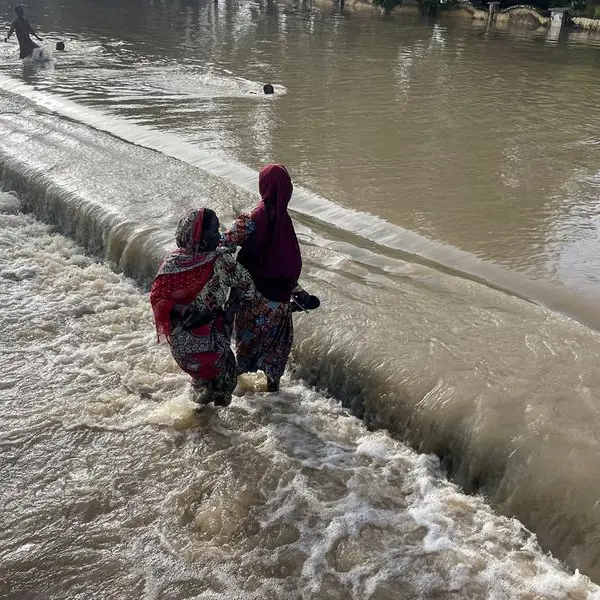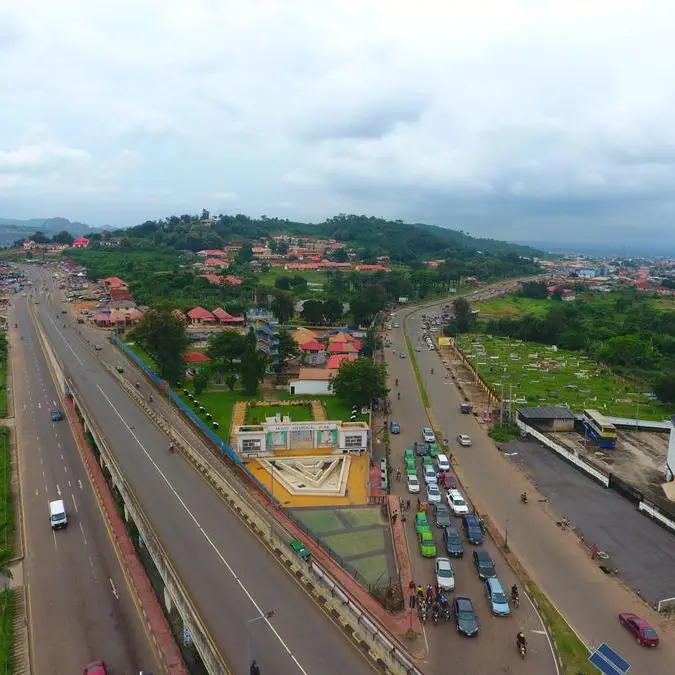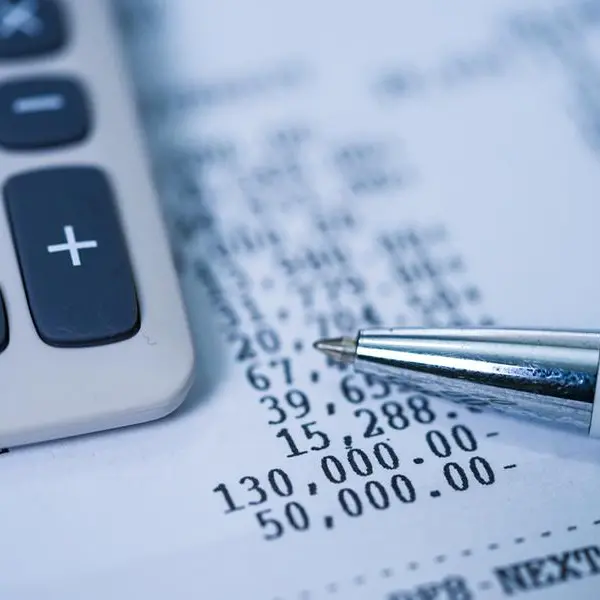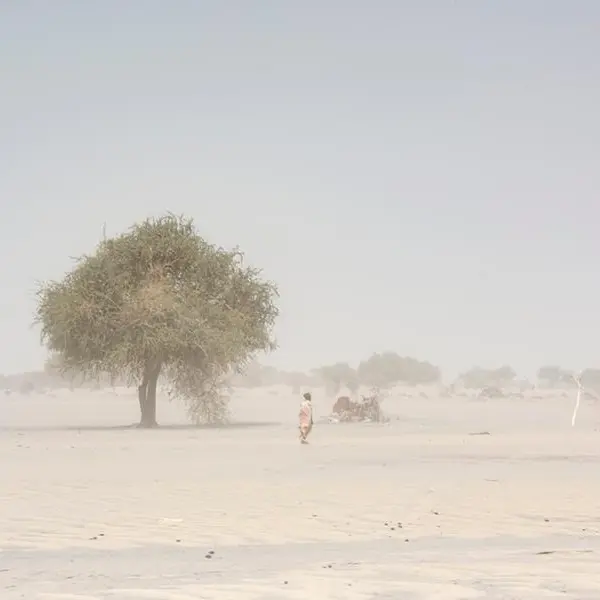PHOTO
Somalia’s economy is projected to recover to 3.7 percent growth this year and 3.8 percent in 2025 as it reaps the benefits of East African Community (EAC) membership, a new African Development Bank (AfDB) report says.
According to the 2024 Country Focus Report on Somalia released by the lender, Somalia’s GDP growth will be driven by a recovery in livestock, services, private consumption, remittances and investment. The country’s strategic location at the Red Sea and Indian Ocean positions it as a regional export hub to the Gulf.
But AfDB warns that the growth could be impacted by its dispute with Ethiopia over the latter’s deal with breakaway state Somaliland on the use of its Red Sea port, insecurity posed by Al Shabaab and climatic shocks amid low domestic revenues.
Somalia qualified for a $4.5 billion debt relief following the achievement of the Heavily Indebted Poor Countries Completion Point in 2023, improvement in debt sustainability from debt-distress. Admission to the East African Community (EAC) positions Somalia to benefit from regional trade and EAC security,” said Nnenna Nwabufo, Director-General for East Africa Regional Development and Business Delivery Office at the AfDB during the virtual report launch.
The report assessed Somalia’s economy and its resilience to multiple shocks, in the face of slow structural transformation.“GDP growth recovered to 2.8 percent in 2023, from 2.4 per cent in 2022, driven on the supply side by the agricultural sector’s recovery from drought and by services and on the demand side by growths in household consumption and investment,” the report says.
Over 80 per cent of Somalia’s export revenue comes from unprocessed agricultural products, mostly livestock exported to the Gulf and Saudi Arabia, oilseeds and bananas, thus exposing the country to the volatile commodity markets.
Livestock export to the Middle East, mostly to Saudi Arabia, constitutes over 70 percent of total exports.
Through 2020 to 2023, Somalia relied on grants funding only due to its debt classification of being in high risk of debt distress.
The country has been receiving Official Development Assistance mostly from European countries and international financial institutions. It also relied on remittances from Europe and the United States, thus exposing it to the global geopolitical conditions, especially in the wake of the Russia-Ukraine war.
But it is the entry of Somalia into the EAC that could change its economic fortunes for the better.“Somalia’s EAC membership grants its private sector regional markets access to their products, while the Comesa membership presents an opportunity for accelerated multilateral regional trade,” the report says.
The EAC Common Market policy on free movement of people and goods and its Single Custom Territory is a catalyst for Somalia’s 18.7 million people’s appetite for business.
Dr Abdullahi Ali, founder and CEO of Gateway Community Services, said the move positions the entire Horn of Africa well for regional trade.“Having Somalia in the EAC especially at this time when the debt has been forgiven, the (arms) embargo has been lifted and where the current administration has been investing and improving relations with the neighbouring countries, there is a chance to create opportunities,” Dr Ali said.
© Copyright 2022 Nation Media Group. All Rights Reserved. Provided by SyndiGate Media Inc. (Syndigate.info).
